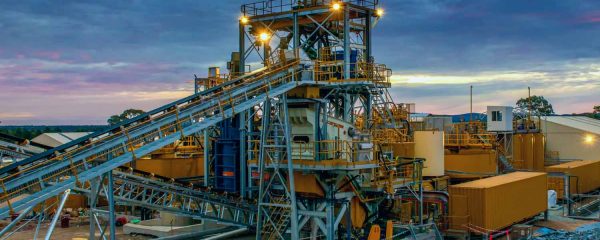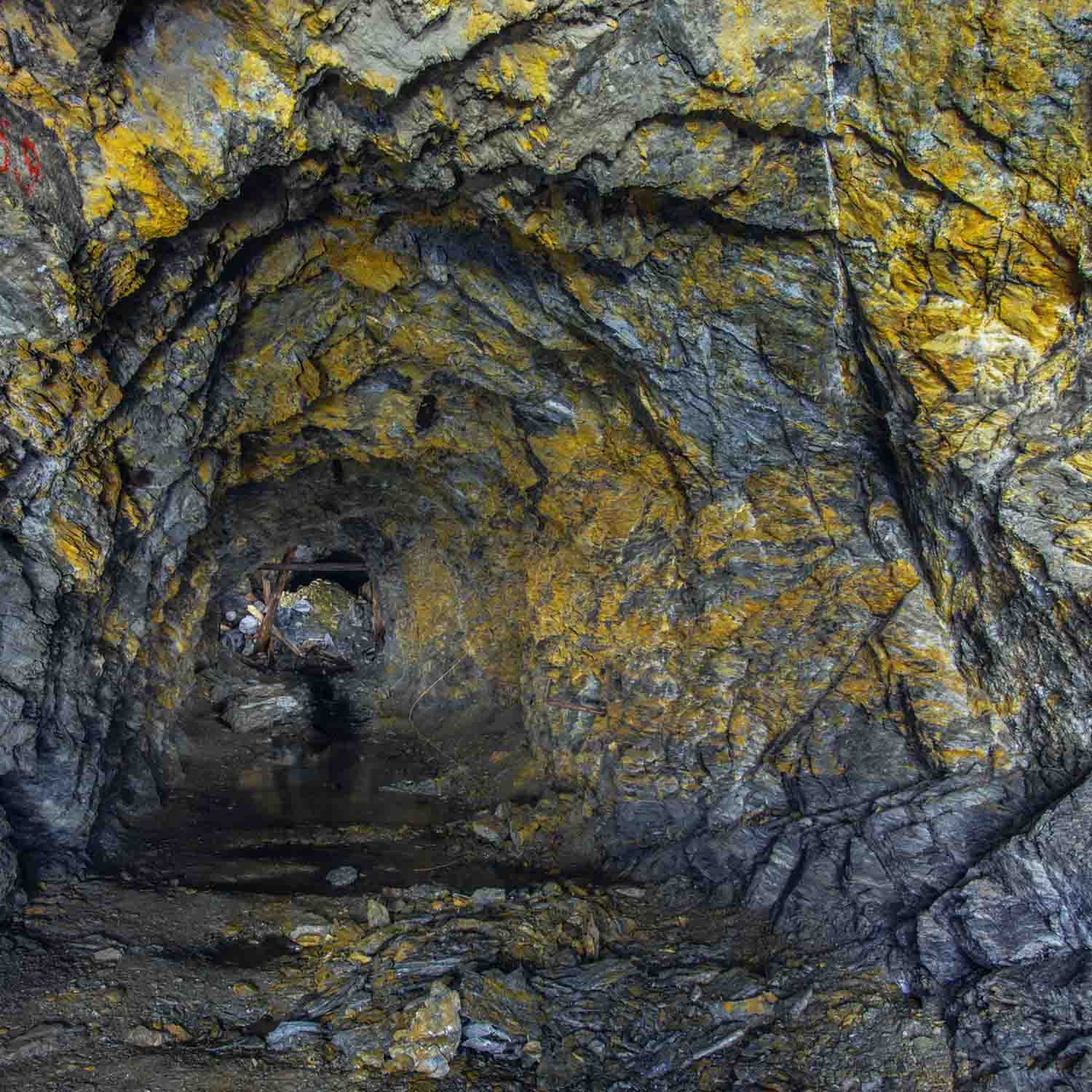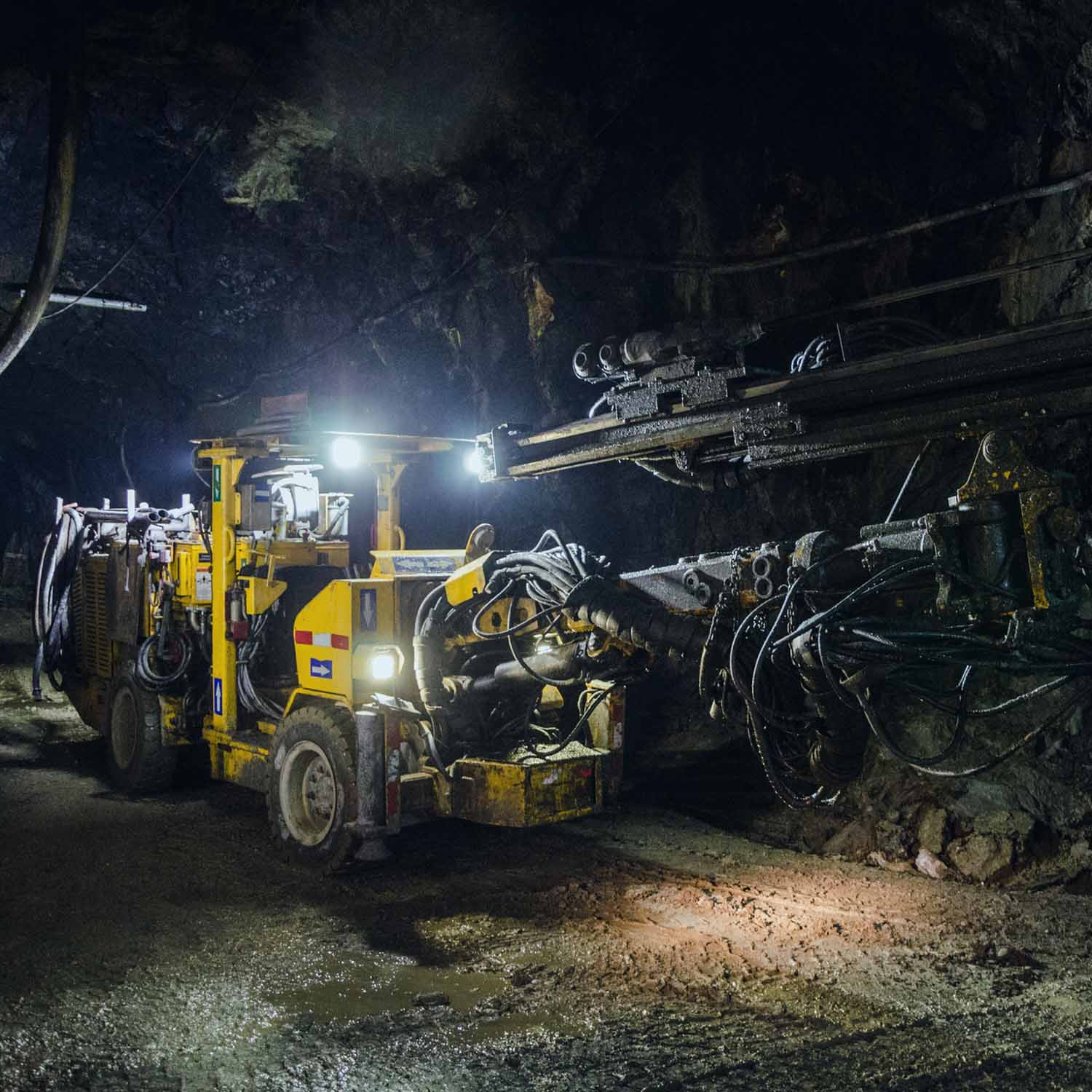
Carbon-In-Column
Carbon-in-column recovery is used to recover gold and silver from heap leach solutions, which are frequently high in solids content. The gold cyanide solution is passed through a series of fluidised bed columns in an up-flow configuration in this method.


Carbon-In-Pulp
The ore is finely ground with carbon-in-pulp, and the gold is dissolved in a series of tanks using a cyanide leach. Granular activated carbon is added to the leached slurry, where it adsorbs the gold from the slurry solution before being removed by coarse screening. A series of five or six agitated tanks is frequently used, with carbon and ore slurry contacting in a staged countercurrent manner. This countercurrent operation increases gold loading onto carbon while maintaining a high recovery rate.
Carbon-In-Leach
The carbon-in-leach process combines leaching and carbon-in-pulp into a single unit process operation, with the leach tanks fitted with carbon retention screens and the carbon-in-pulp tanks removed. Gold adsorption occurs nearly simultaneously with gold dissolution by the cyanide solution when activated carbon is added to the leach. This method is often employed when native carbon (as organics) is present in the gold ore and adsorbs the leached gold, preventing its recovery. The activated carbon used in the carbon-in-leach circuit preferentially adsorbs gold over native carbon, allowing the gold to be recovered for stripping.


